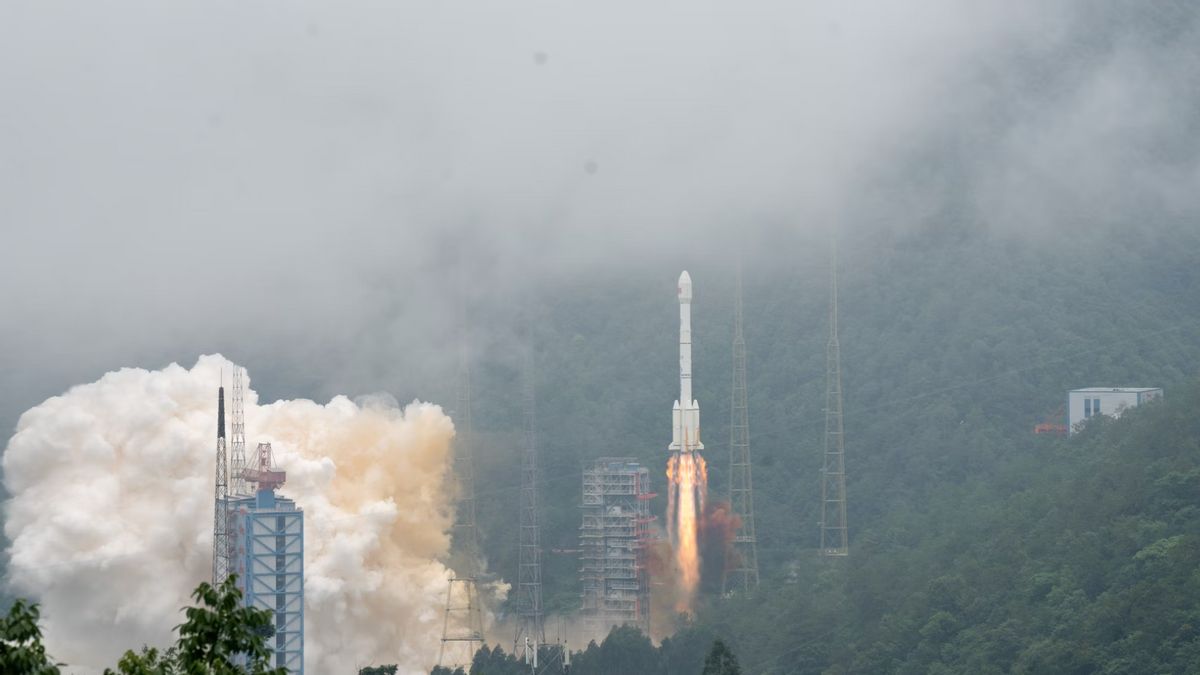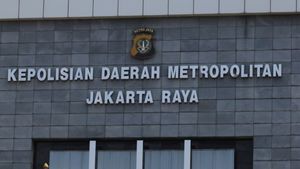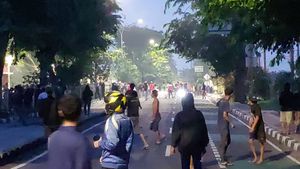JAKARTA - South Korea earlier this week successfully conducted a domestically made missile interceptor test which is under development, namely the third success of the four trials so far.
The trial was carried out to step up efforts to prevent North Korea's growing threat.
The South Korean Government-run Defense Development Agency told the press corps of the entire interception test process on long-range ground-to-air (L-SAM) missiles at the An air testing site in Taean, located 109 kilometers southwest of Seoul, for the first time.
L-SAM is a three-stage structure, including the final stage of the "Kill Vehicle".
Designed to shoot down a ballistic missile that crashed at an altitude of 50-60 kilometers, the missile is the main element of the country's low-level anti-missile system, called Korean Air Defense and Missiles (KAMD).
On the large screen at the test site, Kill Vehicle was seen accurately hitting the missile target after successfully separating the first and second stages. It was a show also witnessed by government officials and research staff, including Defense Minister Lee Jong-sup.
"The ability of L-SAM to expand the upper layer missile defense of the terminal phase (from a missile flight) will not only increase the ability to respond to the threat of North Korean missiles, but also contribute greatly to the strengthening of the South Korean-US alliance's missile defense capabilities," Lee said as reported by ANTARA, Thursday, June 1.
Since November 2022, ADD has conducted four L-SAM interception tests. Of the four tests, three trials, including the latest, were successfully carried out.
South Korea's Ministry of Defense said the country plans to complete its L-SAM development next year, start a mass production phase by 2025 and start implementing an interception system by the late 2020s.
また読む:
The South Korean KAMD program consists of several interception systems, including Patriot Advanced Capability-3 missiles and Cheongung-II medium-range ground-to-air missiles, which will be used for interception at an altitude of 40 kilometers or lower.
In addition, US troops in South Korea operate batteries from the American anti-ballistic missile defense system (THAAD) in the southeastern region of Seongju to strengthen the missile defense capabilities of the two allied countries.
The THAAD system is designed to shoot down enemy missiles at an altitude of 40-150 kilometers.
KAMD is a pillar of South Korea's three-branch prevention system, which includes an attacking system that precedes, Kill Chain, and Korea's Massive Punishment and Retaliation (KMPR), which is an operational plan to cripple North Korea's leadership in major conflict.
The English, Chinese, Japanese, Arabic, and French versions are automatically generated by the AI. So there may still be inaccuracies in translating, please always see Indonesian as our main language. (system supported by DigitalSiber.id)

















